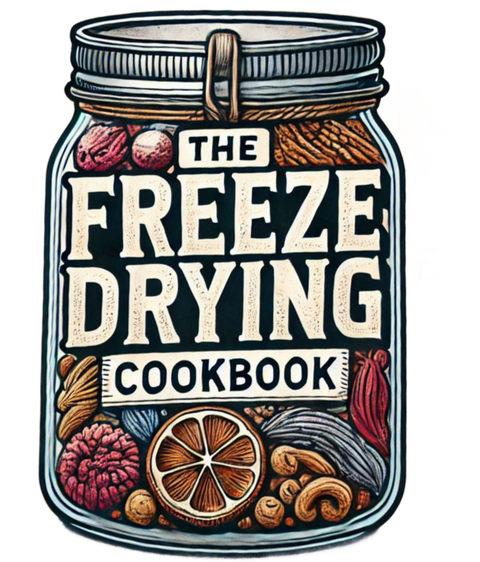Storage 101: Protecting Your Freeze-Dried Food for Maximum Shelf Life
Proper storage is essential for maintaining the quality, longevity, and safety of your freeze-dried food. The key to successful long-term storage is eliminating the three biggest threats:
The 3 Worst Enemies of Freeze-Dried Food:
1️⃣ Moisture – Can cause spoilage, mold growth, and loss of texture.
2️⃣ Light – Degrades nutrients, alters taste, and shortens shelf life.
3️⃣ Oxygen – Leads to oxidation, loss of flavor, and rancidity in fats and oils.
If you want your freeze-dried food to last for years (or even decades), these factors must be controlled through proper storage methods.
Moisture Control: The #1 Threat to Long-Term Storage
Even tiny amounts of moisture can compromise freeze-dried food and significantly shorten shelf life. Here’s how to keep your food completely moisture-free:
✅ Ensure Food is Fully Dry: Weigh your food before freeze drying and after your freeze drying cycle is complete. Repeat. When the food is completely dry there should be no difference in your after weight, within scale tolerances. This indicates there is no more water to remove.
✅ Store in a Low-Humidity Environment: Avoid basements, garages, or humid spaces.
✅ Keep Food Off the Floor: Store food at least 6 inches above the ground to avoid moisture from concrete floors.
✅ Use Mylar Bags & Oxygen Absorbers: Mylar prevents moisture from getting in, and oxygen absorbers help eliminate any residual oxygen.
✅ Double-Seal for Extra Protection: When sealing Mylar bags, add a second seal above the first one for extra security.
✅Avoid storing food in extreme heat or extreme cold
🔹 Pro Tip: If you’re in a humid climate, consider using a dehumidifier in your storage area.
Protecting Food from Light Exposure
✅ Use Mylar Bags: 5-mil and 7-mil Mylar bags effectively block light, preserving food quality.
✅ Store in a Dark Location: Keep food in pantries, cabinets, or storage bins that don’t receive direct sunlight.
✅ Avoid Using Glass Jars for Long-Term Storage: Mason jars allow light exposure, which can cause food to fade and degrade. If you must use jars, store them in a dark location and cover them.
✅ Verify Mylar Quality: Not all Mylar bags are created equal. Choose food-grade, high-quality Mylar from trusted sources.
Eliminating Oxygen to Prevent Spoilage
Oxygen is another major threat to freeze-dried food. It accelerates spoilage, leads to nutrient loss, and allows organisms and fungi to thrive.
✅ Use Oxygen Absorbers in Every Bag. The following chart shows suggested oxygen absorber size based on storage container size. This info is from PackFreshUSA
✅ Vacuum-Seal for Maximum Protection
- A chamber vacuum sealer effectively removes oxygen from Mylar bags.
- Some standard vacuum sealers do not work well with Mylar, so double-check compatibility before use.
🔹 Pro Tip: Always reseal opened oxygen absorber packets inside a vacuum-sealed jar if not using them all at once.
Beware of Rodents! 🐭
Rodents love freeze-dried food and can chew through plastic bags, cardboard boxes, Mylar bags and sometimes even storage containers.
✅ Store Food in Rodent-Proof Bins: Use heavy-duty plastic totes, sealed buckets, or metal containers.
✅ Keep Food Off the Ground: Prevent rodents from accessing stored food by keeping it on shelves or elevated surfaces.
With the right storage practices, your freeze-dried food will stay fresh, nutritious, and ready for whenever you need it!


Comments (1)
I am wondering if there is a way to tell what cc the 02 absorbers are if they are not marked. I know most of them are but I have a batch that doesn’t have the number on them? hummmm
thanks